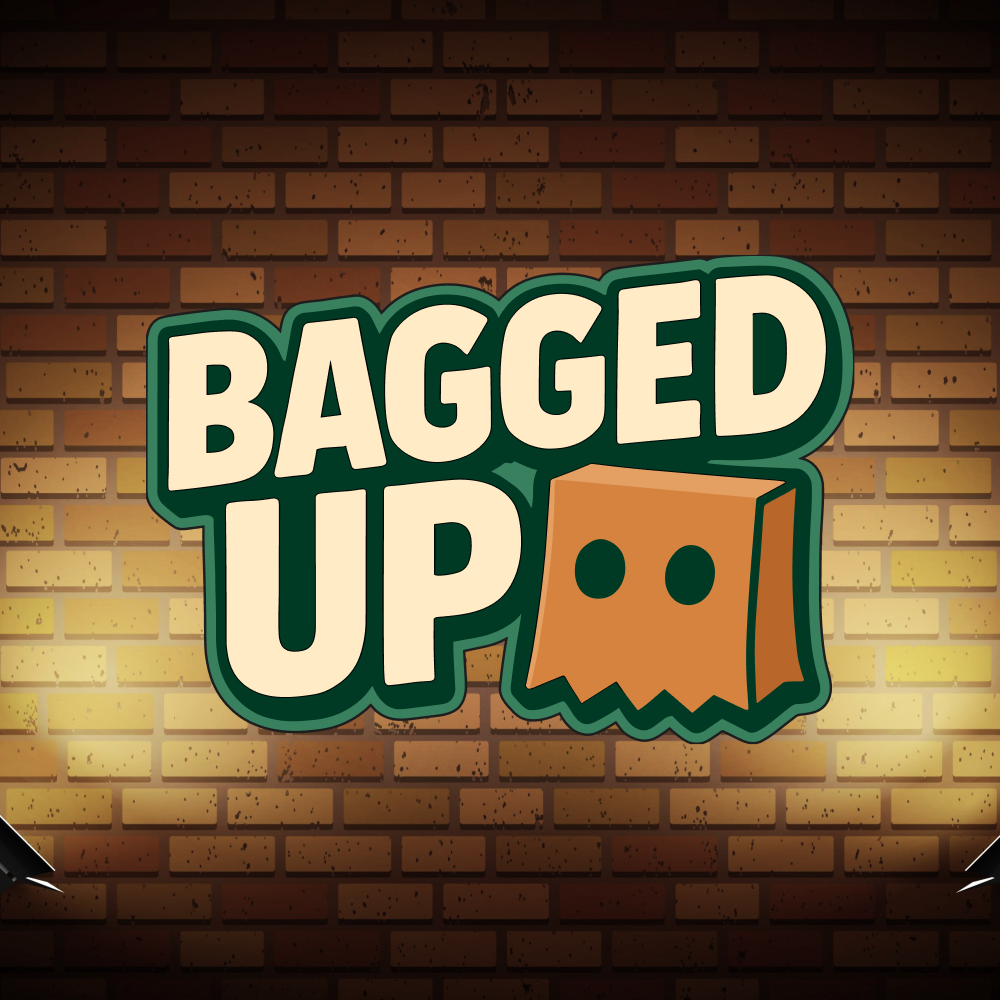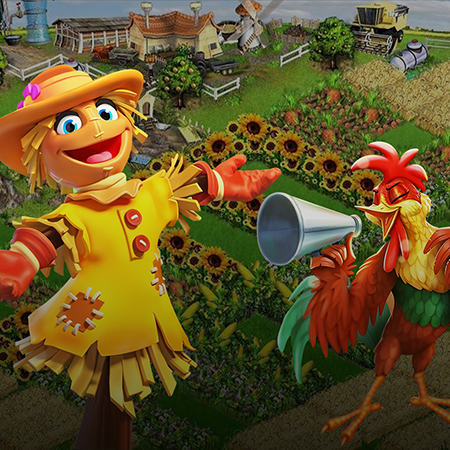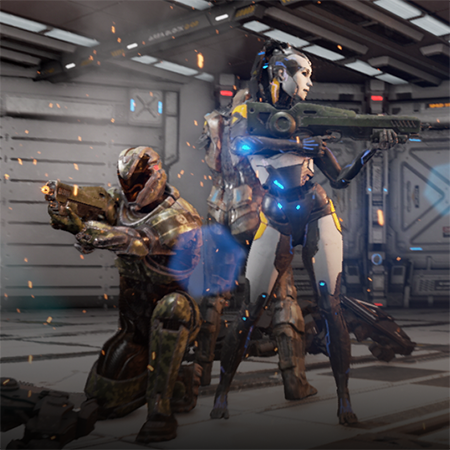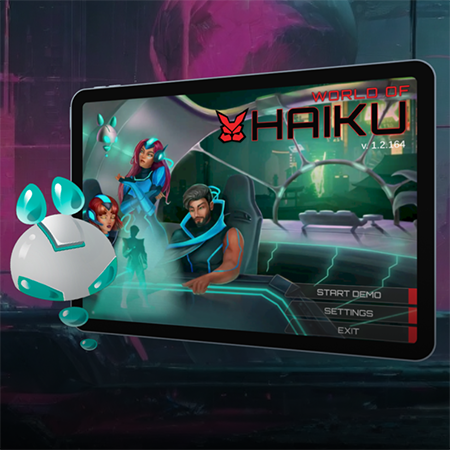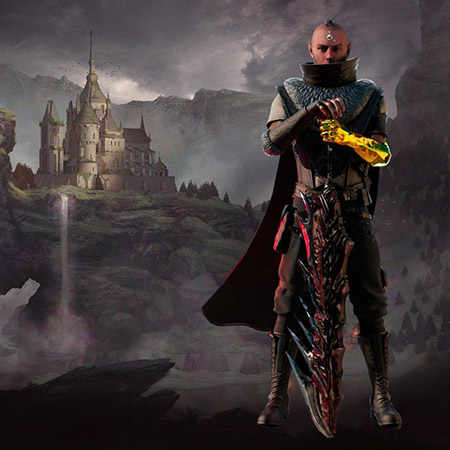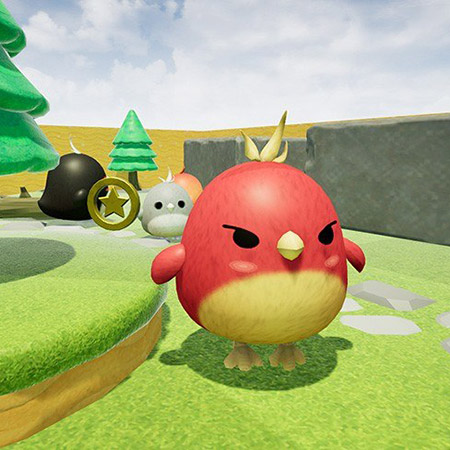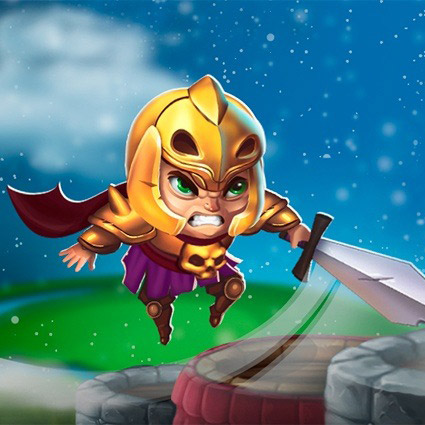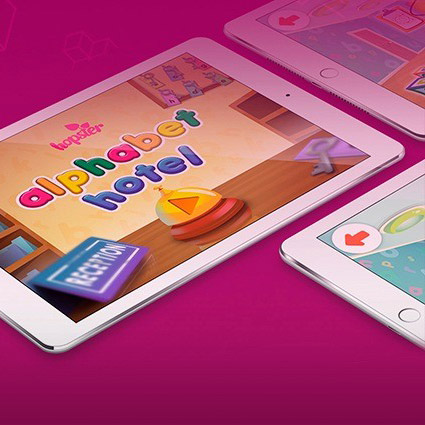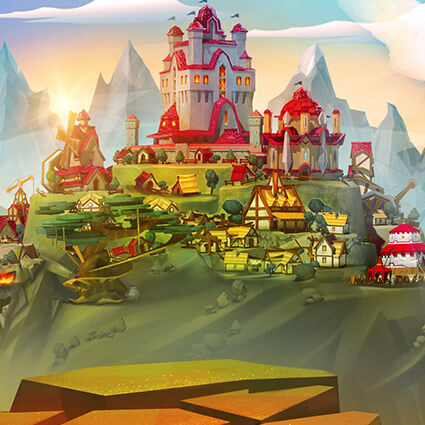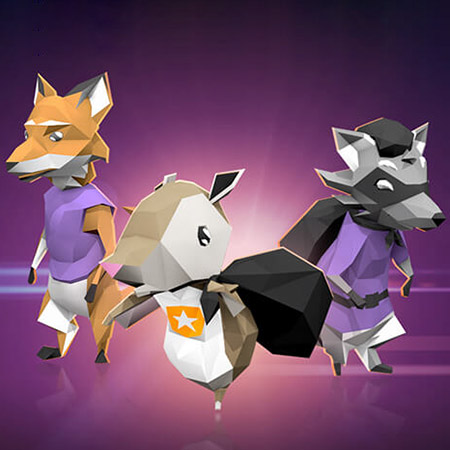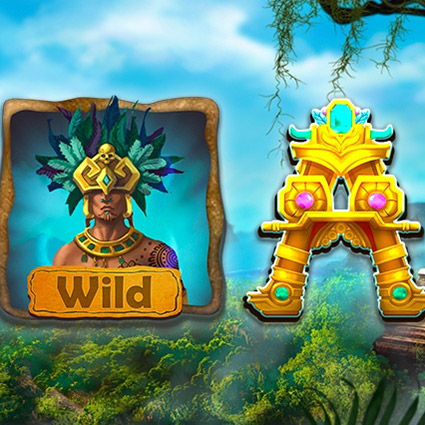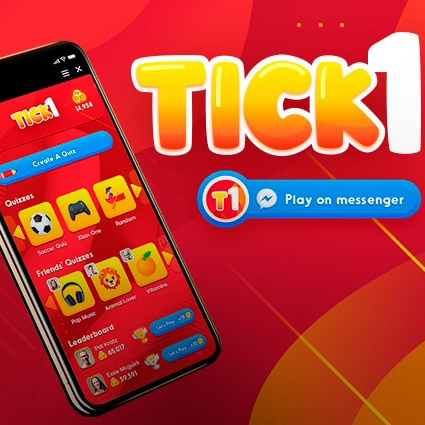Educational games for kids are most effective when they serve a direct learning purpose. A well-structured design makes them more than entertainment by connecting every activity with a real skill. Games built for younger learners need clear objectives that match classroom lessons, such as problem-solving, literacy, science practice, or math fluency. Each feature must support measurable progress so teachers and parents can see what the child has achieved.
Children respond better when the game mirrors their learning pace and cognitive abilities. Short tasks, simple instructions, and step-by-step challenges help them practice without frustration. Games that provide immediate feedback allow learners to correct mistakes right away, creating a stronger understanding. Visual clarity and limited choices per screen reduce overload, while repetition with variation helps children retain skills over time.
Educational games for kids also offer teachers a consistent tool. Instead of repeating explanations, they can use the game to reinforce lessons. Kids gain practical knowledge through structured interaction, making each session purposeful. When carefully designed, learning games become a reliable extension of classroom instruction and a valuable way to build lasting skills.
Why Learning Games for Kids Must Go Beyond Fun
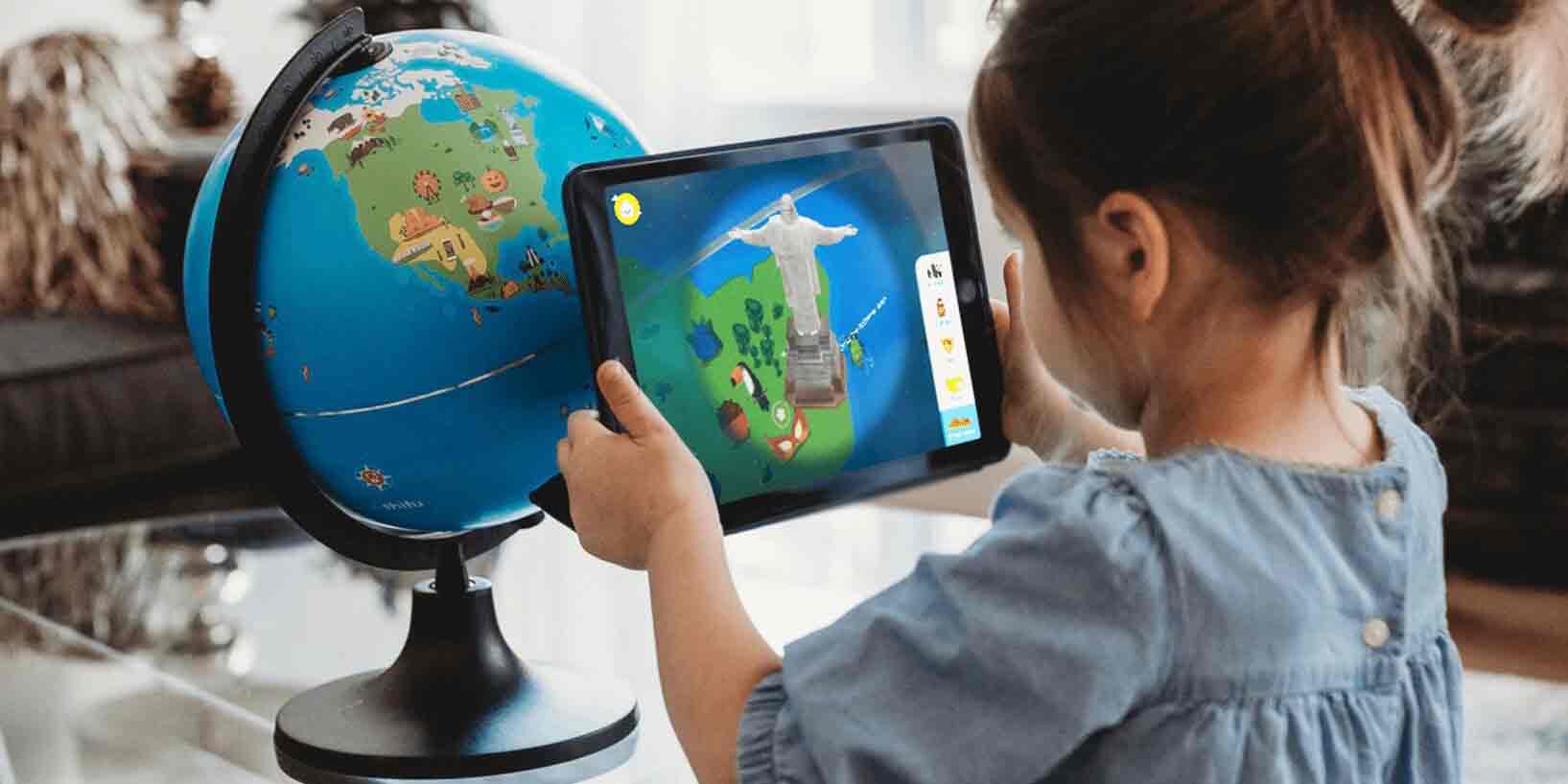
Learning games created only for entertainment rarely achieve strong educational outcomes. Serious games are designed with a structured purpose: every action connects to a skill, concept, or habit that learners can apply later. Entertainment may capture attention for a short time, but it does not guarantee knowledge transfer.
Developers who focus on serious games make sure the objectives are clear and measurable. For example, a math game might require correct answers to advance through levels, while a reading game may demand sentence completion before unlocking the next stage. Such mechanics align play with real instruction rather than offering distractions.
Parents and educators often look for tools that extend classroom practice without adding unnecessary complexity. Games that mirror curriculum goals provide that link. Instead of random puzzles, learners solve structured challenges that reinforce what teachers cover in class. Serious games, when properly developed, turn practice into purposeful repetition and give children progress they can track and understand.
Why Game Learning Works So Well for Young Minds
Gamification in learning gives children clear connections between effort and outcome. A choice leads to feedback, and repetition builds memory. Interactive design reflects how kids process cause and effect, unlike passive worksheets or lectures.
Effective learning games for kids use limited on-screen options and short, focused tasks. Such a structure maintains steady attention and prevents overload. Progress tracking, rewards, and structured variation allow learners to build confidence gradually. When mechanics are directly linked to a learning goal, gamification in learning helps children retain knowledge and apply it beyond the game.
Cognitive Foundations of Game-Based Learning
Active participation leads to stronger retention than passive observation. When children interact with a system that connects visual cues, sound effects, and direct actions, the brain links information more effectively. For instance, solving math equations through puzzles creates associations between numbers, feedback, and achievement.
Short, structured instructions help learners stay focused, while abstract explanations often lead to confusion. Age-specific limits also matter. A younger child cannot manage multiple layers of information at once, but repeated single-step actions with small adjustments quickly turn into long-term skills.
Several design principles guide effective game-based learning:
- Active practice. Learners engage with content through action, not passive review.
- Clear cues. Visual markers and prompts help organize attention.
- Repetition with variation. Skills are reinforced while avoiding monotony.
- Gradual challenge. Tasks increase in difficulty at a manageable pace.
- Feedback cycles. Mistakes are corrected immediately, reinforcing the right response.
Learning games designed with these principles work in harmony with how children naturally process knowledge. Results become more consistent when developers align game mechanics with memory functions and developmental abilities. Such alignment ensures the game delivers lasting educational value rather than short-term entertainment.
Motivation, Retention, and Repetition in Games for Learning
Children need repeated practice to store knowledge effectively, yet repetition alone can become dull. Games solve this by offering different modes of interaction for the same skill, such as timed recall, matching, or step-based puzzles. Variation helps maintain interest while the core material remains consistent.
Motivation strengthens when children can see their own progress. Visual markers like levels or milestones demonstrate advancement, while rewards encourage continued effort. Immediate feedback also transforms mistakes into opportunities to improve, instead of discouragement.
Design practices that strengthen motivation and retention are as follows:
- Visible progress. Learners track achievements through milestones and progress bars.
- Immediate response. Corrections appear right after an action, reinforcing proper understanding.
- Non-punitive repetition. Children retry tasks without penalty, which encourages persistence.
- Shifts in format. Slightly different challenges prevent fatigue while reinforcing the same content.
- Balanced rewards. Recognition is frequent enough to encourage but never excessive.
Games that use repetition with structured variety give learners steady improvement without fatigue. Children who see progress and understand their mistakes are more willing to practice, and that willingness leads to stronger retention. Educational outcomes become more reliable when motivation and repetition are treated as central design elements.
Real Examples of Learning Games for Kids with Lasting Impact
Game-based learning has already proven its value in classrooms and homes by helping children master skills through structured play. Each example shows how interaction, feedback, and progression create meaningful learning outcomes.
- Math fluency. Games that use coins, blocks, or simple puzzles let children practice addition or subtraction in ways that demand active problem-solving.
- Reading comprehension. Sentence-building or story-completion activities encourage learners to recognize vocabulary and apply it within context.
- Science simulations. Interactive models let children adjust variables such as temperature or pressure to observe outcomes directly.
- Language acquisition. Matching words with images or repeating phrases into a microphone builds vocabulary through repetition and response.
Such games are not limited to a single subject or grade level. A first grader may build literacy with drag-and-drop sentence tools, while a middle school student might learn budgeting principles through interactive finance challenges. Teachers also use these systems as structured supplements to their lesson plans, ensuring that classroom objectives are reinforced in practice.
Financial Garden: Growing Money Skills Through Play
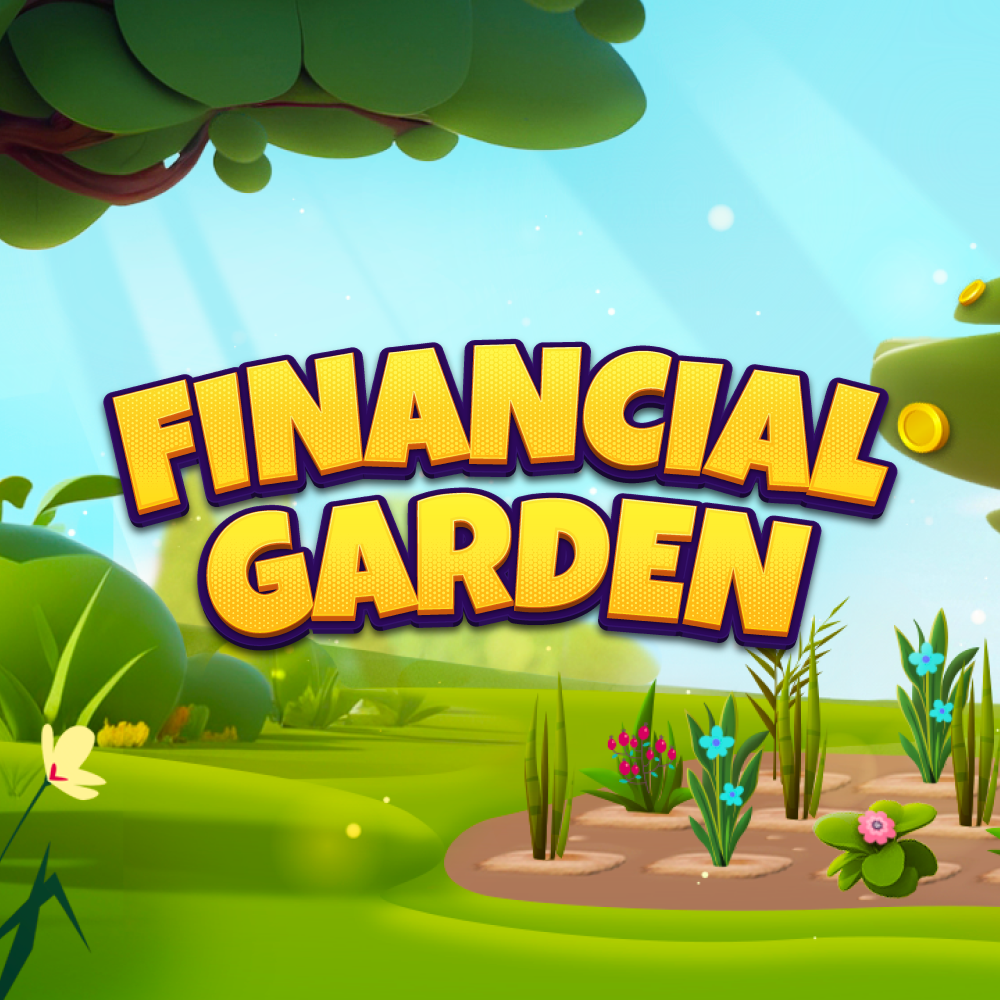
Financial Garden teaches children financial literacy by turning lessons into fun, interactive activities. Our team enhanced its design, user flow, and visuals to make learning feel natural and engaging. See how we transformed complex money topics into playful experiences that help kids build lifelong skills.
The Strategic Benefits of Game Learning for Education and Beyond
Game-based formats offer more than temporary engagement. They create consistent results, measurable progress, and repeatable learning structures that reduce instructor workload. Educators gain tools that extend beyond traditional lessons, while learners acquire skills that remain useful outside the classroom. The strategic benefit lies in scalability, long-term retention, and a clear connection between practice and real-world application.
Engagement That Drives Measurable Outcomes
Traditional lessons often lose children’s attention, while interactive learning systems sustain focus by linking actions with immediate responses. Game-based learning transforms passive participation into active decision-making, which keeps learners alert and motivated. Teachers can observe more complete task completion, higher recall rates, and improved problem-solving accuracy.
Core advantages of engagement in structured educational games are the following:
- Immediate response. Every action results in feedback, preventing delays in correction.
- Motivating progress. Visible levels, milestones, or visual trackers sustain learner interest.
- Active decision-making. Games require choices that directly affect outcomes, reinforcing applied knowledge.
- Clear data collection. Systems log attempts, completions, and errors automatically, giving teachers actionable insights.
Children benefit from direct interaction, while educators benefit from measurable results. When engagement translates into reliable data and real progress, learning outcomes become easier to evaluate and improve. Such measurable engagement ensures that time spent in the game contributes to concrete educational goals.
Scalable and Repeatable Learning Models
One of the strongest benefits of game-based learning is its ability to deliver the same lesson to multiple learners without compromising quality. Unlike traditional instruction, a game never changes tone, becomes distracted, or skips a step. Each learner receives consistent guidance and structured practice.
The benefits of scalable and repeatable design can be summarized as follows:
- Lower delivery costs. A single game can be used across multiple classes or regions.
- Consistent quality. Every learner experiences the same structure and pacing.
- Flexible access. Games can be installed on school devices or accessed remotely.
- Automatic tracking. Completion data is stored without extra instructor effort.
Kids who require additional practice can repeat lessons without waiting for approval or additional teacher time. Schools and organizations gain efficiency, while learners gain autonomy. Repeatable game systems remove barriers to consistent practice and reduce variability in educational delivery. As a result, institutions achieve higher reach and better reliability with limited resources.
Skill Transfer That Supports Future Readiness
Learning becomes valuable only when it prepares kids for practical use. Well-designed games teach skills that extend into daily life, such as decision-making, adaptability, and time management. Mechanics built around authentic actions encourage learners to apply knowledge in familiar contexts.
Important transferable skills supported by game-based systems include:
- Critical thinking. Learners analyze problems and test different solutions.
- Adaptability. Variation in challenges helps learners adjust to new conditions.
- Time management. Structured tasks teach pacing, prioritization, and order.
- Collaboration. Multiplayer formats promote communication and shared responsibility.
A budgeting game that requires resource allocation builds financial habits. A science simulation that models real processes supports experimentation and analysis. When learners transfer knowledge from game to classroom projects or everyday choices, education becomes more than memorization. Skill transfer is the clearest signal that game-based learning contributes to long-term readiness.
Contact us to build educational games for kids that deliver real skills.
Aligning Game Mechanics with Real-World Skills
Educational games for kids must connect in-game actions to real skills rather than offering entertainment alone. Jumping for random points or clicking without purpose does not prepare learners for practical use. Mechanics like sequencing, decision-making, and structured repetition build lasting abilities. When each action supports a learning objective, the game becomes a tool for real growth instead of a distraction.
What Makes a Learning Game Skill-Oriented?
Learning games become skill-oriented only when every design choice connects to an instructional outcome. A math exercise that rewards accurate calculations works, while a game that hands out points for unrelated movement does not. The design must eliminate empty actions.
Four qualities separate strong instructional games from shallow ones:
- Direct action-response. A child must see the consequence of every input without delay.
- Task relevance. The mechanic should replicate the steps of the actual skill.
- Gradual escalation. Each new challenge should build on what was already mastered.
- Guidance through error. Failure must reset the task while pointing toward the right path.
Without these elements, games risk becoming repetitive entertainment. When they are present, learners can practice authentic skills in ways that translate to both classroom and everyday settings. Educational outcomes improve because progress is structured rather than accidental.
Translating Curricula into Game Challenges
Curriculum content must not be pasted directly into a digital screen. Instead, every objective has to be translated into actions that players must perform. The conversion works as a step-by-step chain:
For example:
- Identify the outcome. Decide what the learner should accomplish by the end of the game.
- Break down the process. List the micro-steps needed to reach that outcome.
- Select mechanics. Match each step with a mechanic that forces the learner to use it.
- Prototype and test. Watch how kids respond and refine based on their interaction.
Concrete examples highlight how the translation looks in practice. A science game about electricity asks children to assemble working circuits. A history module becomes a sequence puzzle where events are placed in chronological order.
Language learning activities evolve into tasks that involve matching and dialogue building. Translating curriculum into interactive play in this way makes practice active, measurable, and aligned with classroom goals.
Common Mistakes When Gamifying Real-World Tasks
Gamification can collapse when developers prioritize surface appeal over instructional structure. Points, leaderboards, and flashy effects often distract learners when not anchored to actual learning goals. A game can look polished yet still fail to teach anything useful.
Common errors appear in several forms:
- Disconnected gameplay where actions have little to do with the intended skill.
- Rewards are scattered too frequently, reducing attention on the lesson itself.
- Pacing that is either too slow, creating boredom, or too fast, creating confusion.
- Entertainment-focused mechanics that give learners success without thought.
Avoidance requires a different mindset. Designers must check if every mechanic directly supports a measurable skill. Testing with real learners reveals whether the game promotes genuine problem-solving or allows empty success. A strong gamified system measures growth through practice rather than decoration. Real progress occurs when feedback, pacing, and structure are built for instruction instead of spectacle.
How to Design a Learning Game That Stays Engaging
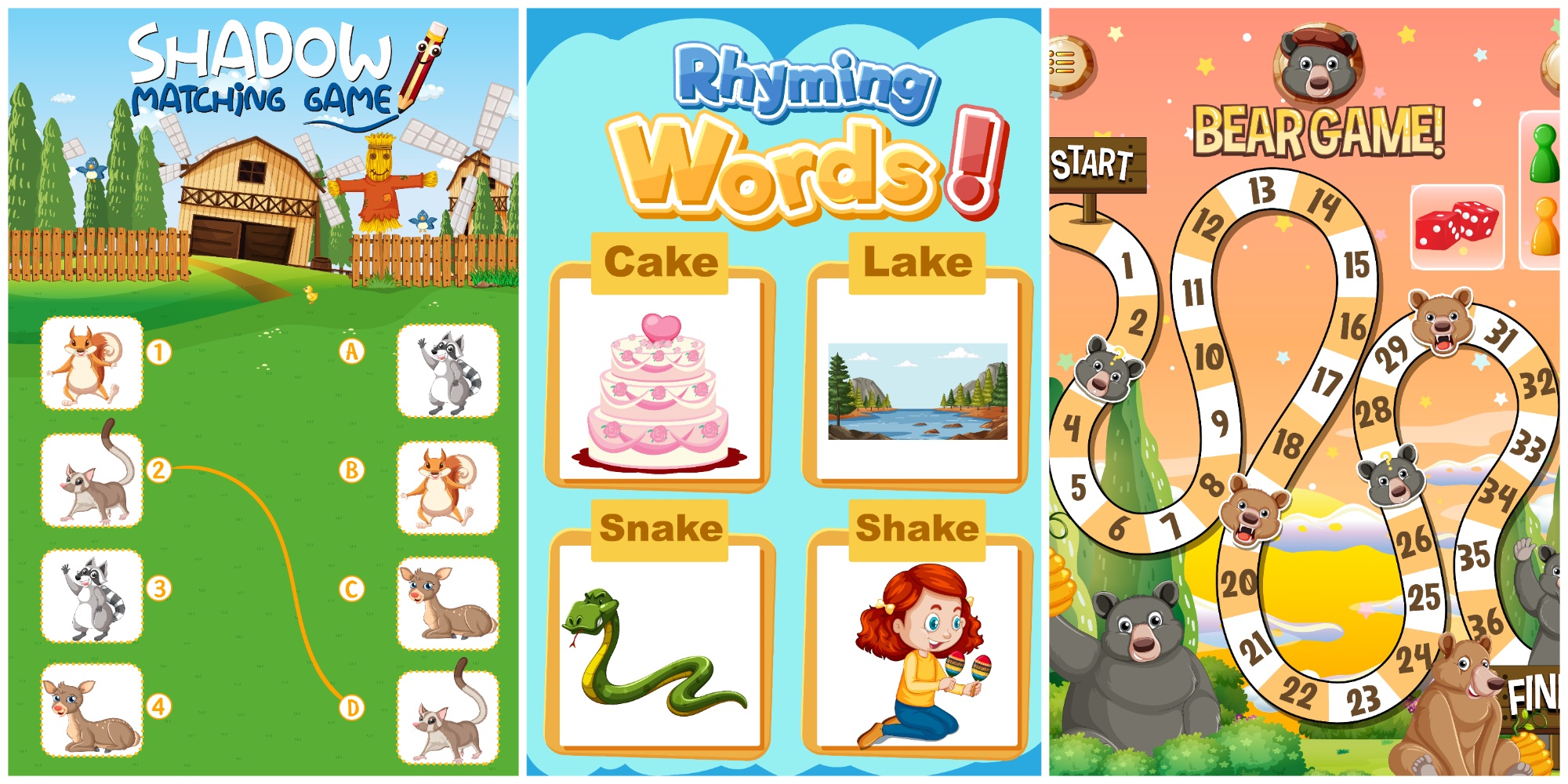
An educational game cannot succeed if children lose interest before skills are reinforced. Attention drops quickly when tasks feel repetitive or irrelevant. Strong design relies on feedback, short tasks, and purposeful challenges that encourage constant activity. Engagement depends on structure rather than spectacle, and every feature should hold a learner’s focus long enough for practice to become mastery.
Storytelling and Progression Systems in Learning Games for Kids
Children often stay motivated when a story gives their actions meaning. Narrative elements transform separate exercises into a continuous journey, which is why progression systems work so well in educational games. Storytelling does not have to be complex: even a light plot or recurring character can keep learners focused.
Ways storytelling and progression systems keep learners engaged:
- Linear quests. Each level represents a chapter of a bigger mission.
- Character growth. An avatar improves only when the learner demonstrates new skills.
- Expanding environments. Unlocking new areas signals that learning leads to advancement.
Progression systems reinforce the narrative by showing visible growth. Skill trees, badges, and unlocked content make progress clear to the learner. For those wondering how to make an educational game effective, combining narrative with structured progression provides both purpose and feedback. Learners remain engaged when each step feels like part of a larger, meaningful path. Story and structure, when aligned with objectives, guide children forward without force.
Balancing Difficulty and Reward Loops
Games lose effectiveness when they are either too hard or too easy. An educational tool must stay within a child's zone of effort: challenging enough to encourage problem-solving but not so difficult that frustration sets in. Small increases in difficulty sustain engagement and keep skills advancing.
Reward loops also shape motivation. Rewards should confirm effort, not distract from learning. Instead of giving random prizes, a well-structured game ties recognition to successful task completion.
Balanced systems often share certain traits:
- Mastery first. Learners practice until a task becomes reliable.
- Gradual shifts. A new variation or rule is introduced only after mastery is achieved.
- Functional rewards. Unlocks or upgrades improve the learning process rather than serve as decoration.
Failure also plays a role. A math challenge that resets after an error but provides the correct solution encourages persistence. When learners see that mistakes are not final, they try again confidently. Educational games that balance progression with meaningful rewards keep motivation steady and learning consistent.
Keeping the "Fun" Without Losing the Learning
Fun is often misused in educational games, with flashy visuals or random effects added for excitement. Entertainment without structure does not build skills. Instead, fun should come from doing the task itself and seeing real progress.
Helpful ways to keep games enjoyable without removing their learning purpose:
- Humor with restraint. Light jokes or playful animations reduce stress but should never break concentration.
- Meaningful choice. Children pick tools, order of tasks, or solutions while still working toward the same goal.
- Optional exploration. Side activities give variety while reinforcing the main skill.
Features that risk distracting learners:
- Timers that add pressure without teaching time management.
- Sound effects are used excessively.
- Random visual bursts unrelated to the lesson.
Educational games stay enjoyable when every element serves instruction. Progress becomes the true source of fun, and exploration builds confidence instead of confusion. Learners benefit most when engagement feels natural, and outcomes remain firmly tied to the original learning goals.
Learning Games for Kids Across Subject Areas
Different subjects demand different approaches. A math lesson benefits from puzzles and sequencing, while science requires simulations to test variables. Financial literacy thrives on budgeting exercises, and language learning depends on repeated exposure through interaction. Matching the format to the subject ensures children practice skills in the right way. When the method aligns with the outcome, learning games help knowledge transfer effectively into real contexts.
Game-Based Approaches for STEM and Financial Literacy
STEM subjects and financial concepts require practice with real processes rather than passive review. Games provide that practice by letting learners test ideas and receive immediate feedback. A simulation that models chemical reactions or a budgeting game that manages virtual currency allows children to experiment safely while seeing the result of each decision.
Examples of formats that support STEM and finance learning:
- Simulations. Kids adjust variables in a controlled environment to observe outcomes.
- Scenario-based play. Learners solve real-world problems, such as balancing a budget or repairing a system.
- Puzzle mechanics. Structured logic tasks strengthen reasoning and flexible thinking.
Design tips that keep these games effective:
- Keep data visual. Graphs, diagrams, and interactive dashboards help comprehension.
- Allow safe mistakes. Learners retry experiments without penalty, encouraging persistence.
- Link tasks to measurable skills. Every mechanic must reflect a practical concept.
STEM and finance benefit greatly from interactive practice, and games provide a safe, structured way to build knowledge that connects directly to real outcomes.
Games That Strengthen Problem-Solving and Critical Thinking
Problem-solving cannot be mastered through memorization alone. Children need structured challenges that ask them to analyze, compare, and test solutions. Games that limit information at the start and gradually reveal it encourage learners to think strategically.
Approaches that support problem-solving and critical thinking:
- Branching choices where outcomes depend on the learner's decision.
- Error-based formats that turn mistakes into guidance for better strategies.
- Time-independent tasks that allow reflection before acting.
A practical example could be a city power grid game that requires players to restore electricity with limited resources. Another might be a logistics challenge where learners plan supply routes efficiently. Both force children to weigh trade-offs and anticipate outcomes.
Such designs create an environment where learners develop reasoning skills while working at their own pace. Critical thinking grows when games ask children not only to find answers but also to understand why one solution is stronger than another.
Language and Literacy Through Play
Language learning improves through repetition, context, and interaction. Games can provide all three by asking learners to use words in practice rather than recognize them passively. Vocabulary builds faster when children associate terms with images, actions, or conversations.
Forms of literacy-focused games:
- Vocabulary builders. Matching or grouping games expand word knowledge.
- Interactive stories. Learners choose how the story unfolds and complete missing text.
- Sentence construction. Drag-and-drop formats allow learners to create correct grammar structures.
- Speaking challenges. Speech recognition activities let children practice pronunciation in context.
Spoken language games, such as speech recognition or audio matching, also help. Players repeat phrases, respond to questions, or identify sounds from recordings.
Strong design principles for literacy games:
- Clear prompts. Age-appropriate instructions avoid confusion.
- Instant correction. Learners receive feedback immediately after attempting a task.
- Adjustable pace. Options to slow down or repeat content support different abilities.
Games that combine literacy practice with purposeful play help children retain words, apply grammar rules, and gain confidence in communication. Knowledge becomes easier to use when reinforced through active interaction rather than rote memorization.
Haiku Cyber Game: Building Practical Security Skills Through Play
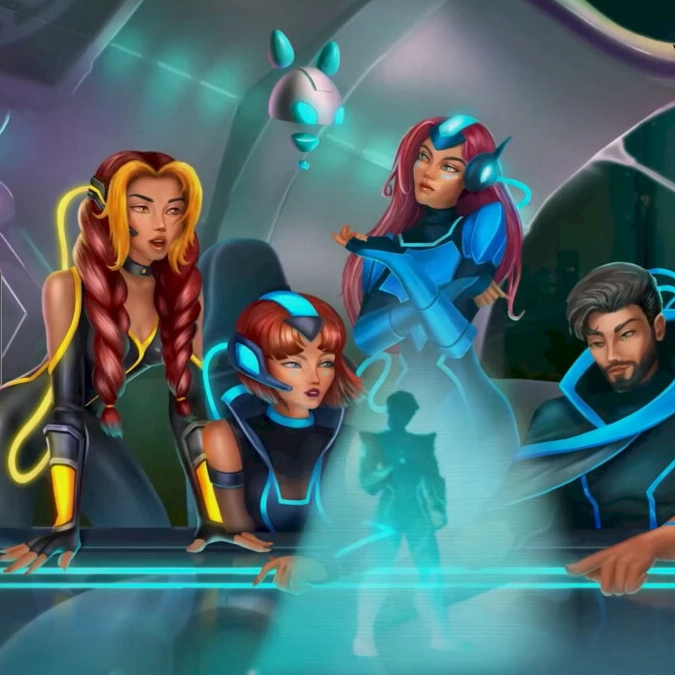
Haiku helps users build cybersecurity skills by working through realistic challenges in a game-based environment. Our team upgraded its functionality, interface, and learning flow to make each session more intuitive and results-focused. See how we turned complex safety topics into practical learning.
Practical Steps to Create Your Own Learning Game
Flashy design or random interactivity does not replace structure. Practical planning ensures that the game suits the subject, the learner’s age, and the devices available. Gamification in education succeeds only when planning is precise. A game that supports learning must start with a clear goal, then match that goal with the right mechanics. Careful design choices create tools that are simple to use, engaging to play, and effective at teaching skills.
1. Choosing the Right Format and Platform
A well-designed educational game fits the learner's environment. The format should align with the subject matter, and the platform must match the devices children have access to. A touch-based puzzle may work well on tablets for early learners, while a simulation with detailed dashboards may suit older children on desktops.
Formats often used for instructional purposes are:
- Puzzle games. Support math fluency and logical reasoning.
- Story-driven games. Reinforce literacy and history knowledge through narrative.
- Simulations. Allow practice in science, finance, or technical skills.
- Quiz hybrids. Mix factual recall with active movement or visual feedback.
When selecting a platform, consider:
- Device availability. Ensure the game runs smoothly on the hardware children already use.
- Performance demands. Pick systems that allow fluid interaction without delay.
- Access management. Centralized accounts or tracking tools simplify classroom adoption.
A format or platform that feels mismatched wastes development effort. Games achieve their purpose only when both align with the learner's needs and the subject's requirements.
2. Mapping Learning Objectives to Gameplay Elements
Objectives define the direction of the game, and every mechanic must map directly to them. A mismatch between goals and gameplay weakens the learning impact. For example, a sequencing objective should involve arranging steps in order, not collecting tokens without purpose.
Steps that support proper mapping:
- List objectives. Define what learners should know or perform after completing the game.
- Break objectives into actions. Translate each into observable learner behaviors.
- Select mechanics. Match actions with systems that require the learner to practice them.
- Test alignment. Observe whether learners actually perform the target skills.
Practical examples illustrate how mapping works: a biology game might ask students to match plants to habitats, while a budgeting game might assign resource allocation tasks. Literacy-focused content could involve reconstructing sentences. Alignment ensures the learner cannot progress without practicing the intended skill. Strong mapping makes gamification in education a structured method rather than an afterthought.
3. Collaborating with Educators and Game Designers
Effective learning games require collaboration between subject experts and development teams. Educators define what must be taught, while designers translate those goals into engaging mechanics. Without cooperation, content accuracy or engagement quality often suffers.
Each role contributes specific expertise: the educator ensures accuracy, the game designer manages mechanics, the UX team handles clarity, and testers collect insights from real learners. Collaboration must remain active until release, not just during planning. When both sides remain involved throughout development, the final product strikes a balance between instructional precision and engaging design. Such teamwork results in educational games that genuinely meet their purpose.
What a Good Learning Game for Kids Achieves
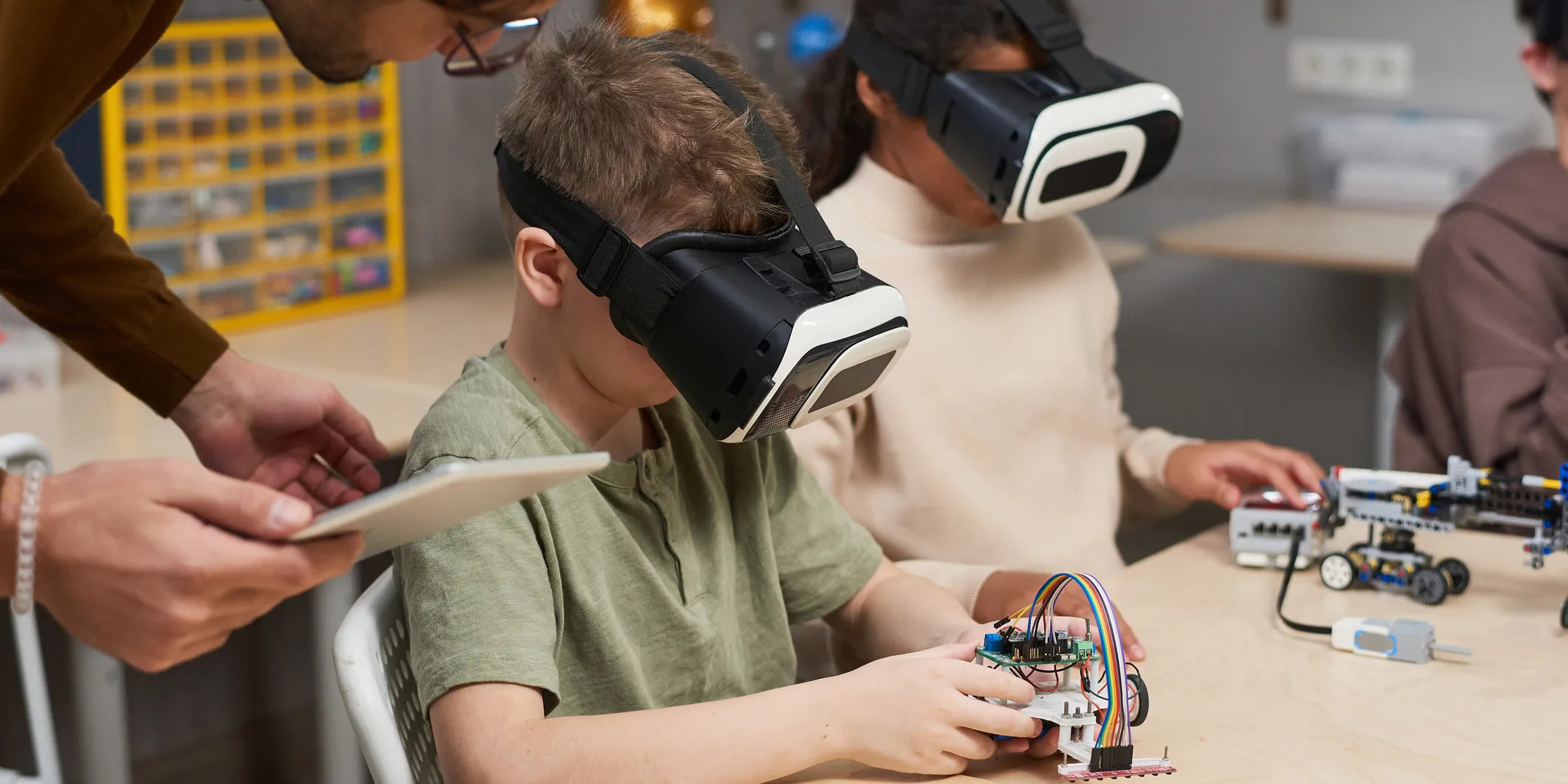
A strong learning game demonstrates outcomes beyond scores or level completion. Children should leave with skills they can use in classwork, daily routines, or group projects. Success means the game reinforced targeted knowledge, tracked progress in meaningful ways, and allowed teachers to see growth. A well-structured game creates measurable improvement, not just temporary engagement.
Tracking Skills Transfer from Game to Life
Real value appears when a child uses game strategies in classwork, projects, or daily tasks. A fraction game matters if the learner solves real worksheets faster and with fewer errors. A budgeting scenario matters when pocket money is planned instead of spent on impulse.
- Pre-post checks. Short assessments before and after gameplay reveal accuracy gains and speed changes.
- In-class observation. Teachers watch for unprompted use of game strategies during group work and homework.
- Student explanations. Learners describe how they solved a problem, exposing whether thinking patterns actually shifted.
Parents can scan for transfer at home, such as better time planning or more careful reading. Educators can log examples during activities to make transfer visible over time. The consistent application of the same skill across different settings indicates that the game's practice has become usable knowledge.
Player Analytics: What Data Really Matters
Useful analytics reflect learning behaviors, not just clicks. Metrics must tie to the skill the game aims to build; otherwise, they mislead decisions and waste effort.
- Attempts per step. Repeated tries on the same action may indicate unclear instructions or a gap in prior knowledge.
- Error clusters. Patterns in wrong answers highlight concepts that need redesign or extra scaffolding.
- Strategy changes. Shifts after feedback show whether learners internalize corrections.
Click totals, raw session length, and asset load time help engineering but say little about knowledge growth. A vocabulary game should track correct novel-word use across sessions, while a science sim should track improved variable control. Teams that align dashboards to objectives make better content choices and provide targeted support. Clear links between metric and skill keep iteration focused and productive.
Final Takeaway — Building Games That Teach and Stick
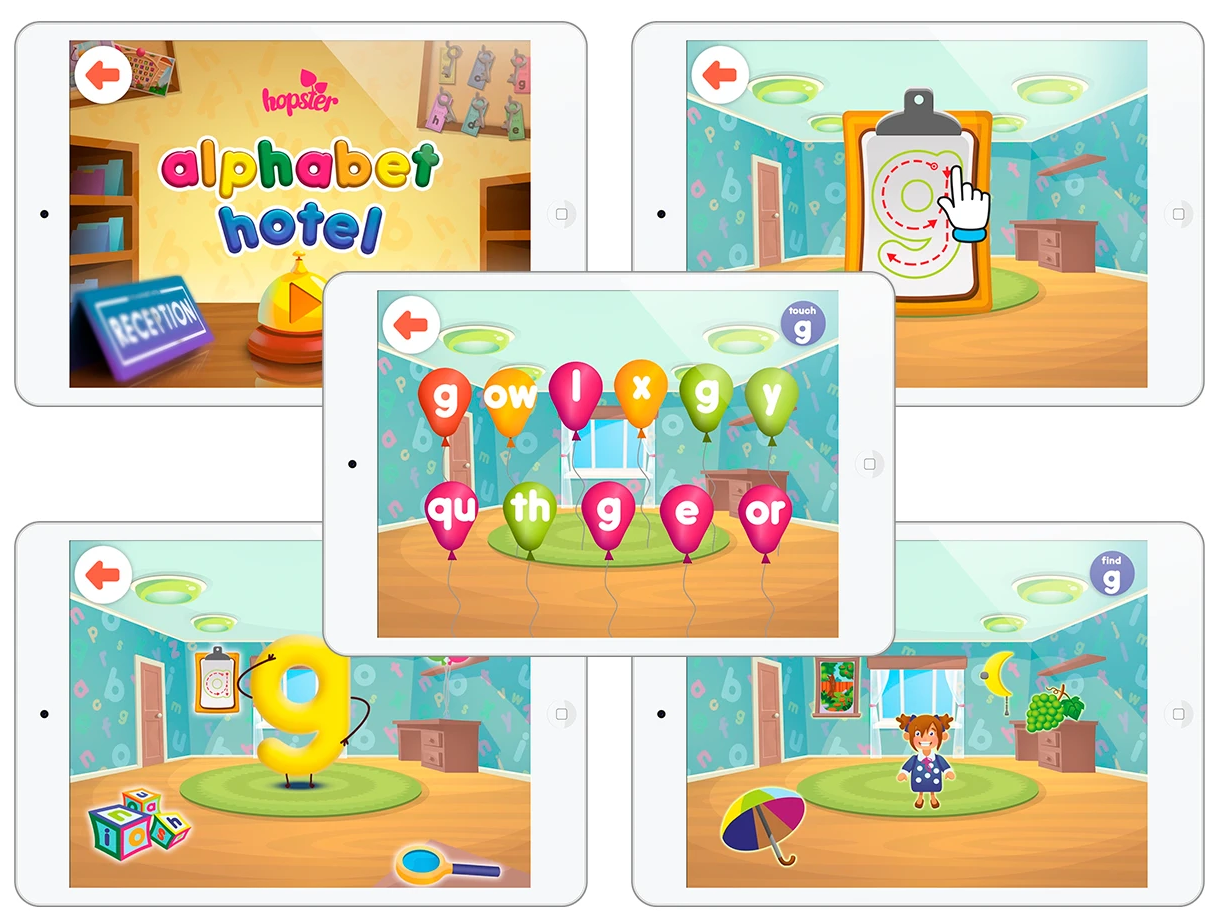
Educational games succeed when they move beyond temporary entertainment and focus on measurable growth. A strong design links every mechanic to an evident skill, offers structured feedback, and keeps learners motivated without distraction. Consistency, collaboration with educators, and regular testing make outcomes reliable. Games with these qualities offer lasting value to learners and instructors.
Lessons from Top Game Learning Projects
Successful projects share common practices that others can follow. The process usually starts with a defined goal, then connects every feature directly to it. A literacy game, for example, may set the outcome of sentence-building accuracy and ensure no mechanic exists outside that purpose.
Projects that achieved the strongest results often emphasized:
- Measurable goals. Teams decided early what learners must demonstrate after play.
- Mechanics tied to action. No interaction was allowed unless it supported the goal.
- Balanced guidance. Learners received clear instructions without overload.
- Early testing. Feedback from children refined pacing and clarity.
- Collaboration. Educators and developers stayed aligned throughout production.
Top projects proved that tight alignment between content and design generates impact. Games worked because they were tested early, refined quickly, and shaped by both instructional and design expertise. Outcomes remained practical, and learners built skills that carried into real activities.
Build Learning Games for Kids that Teach with Game-Ace

Game-Ace is a custom game development company that designs learning tools with measurable outcomes. Our team collaborates with educators and subject experts to translate curricula into interactive experiences that children can understand and apply.
Each project is built around clear objectives, structured mechanics, and user testing to confirm results. Whether you need a mobile app for early reading or a simulation for STEM practice, we create educational games for kids that teach effectively and scale across classrooms.
Contact us to discuss your next learning game idea and turn it into a working product.
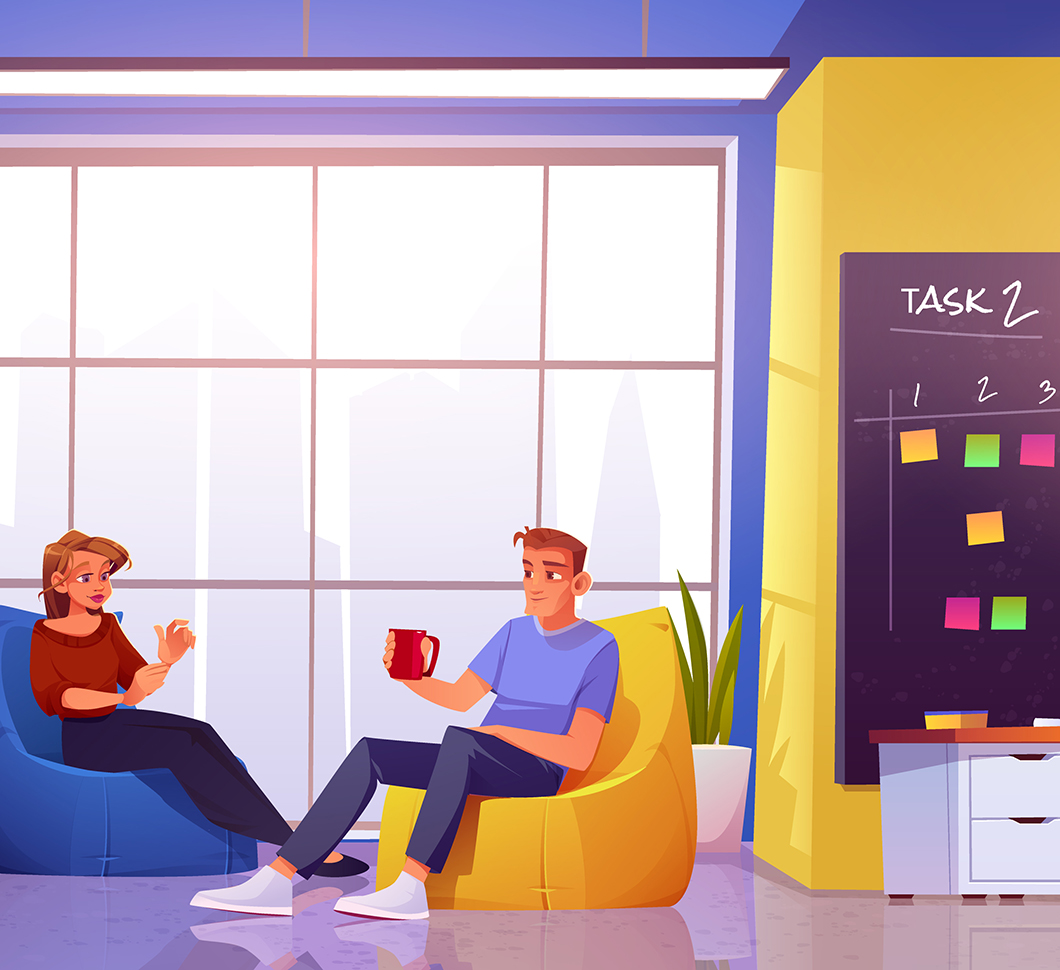 Key Trends Shaping Gamification in Recruitment for 2026 and Beyond
Key Trends Shaping Gamification in Recruitment for 2026 and Beyond  How to Create Crypto Casino Games the Right Way
How to Create Crypto Casino Games the Right Way  AI Recruitment Games: From Real-Time Assessments to Better Hiring Outcomes
AI Recruitment Games: From Real-Time Assessments to Better Hiring Outcomes  Games for Business: Proven Strategies for Engagement and Growth
Games for Business: Proven Strategies for Engagement and Growth  Behind the Beeps: How Arcade Game Design Still Shapes Interactive Entertainment
Behind the Beeps: How Arcade Game Design Still Shapes Interactive Entertainment 












